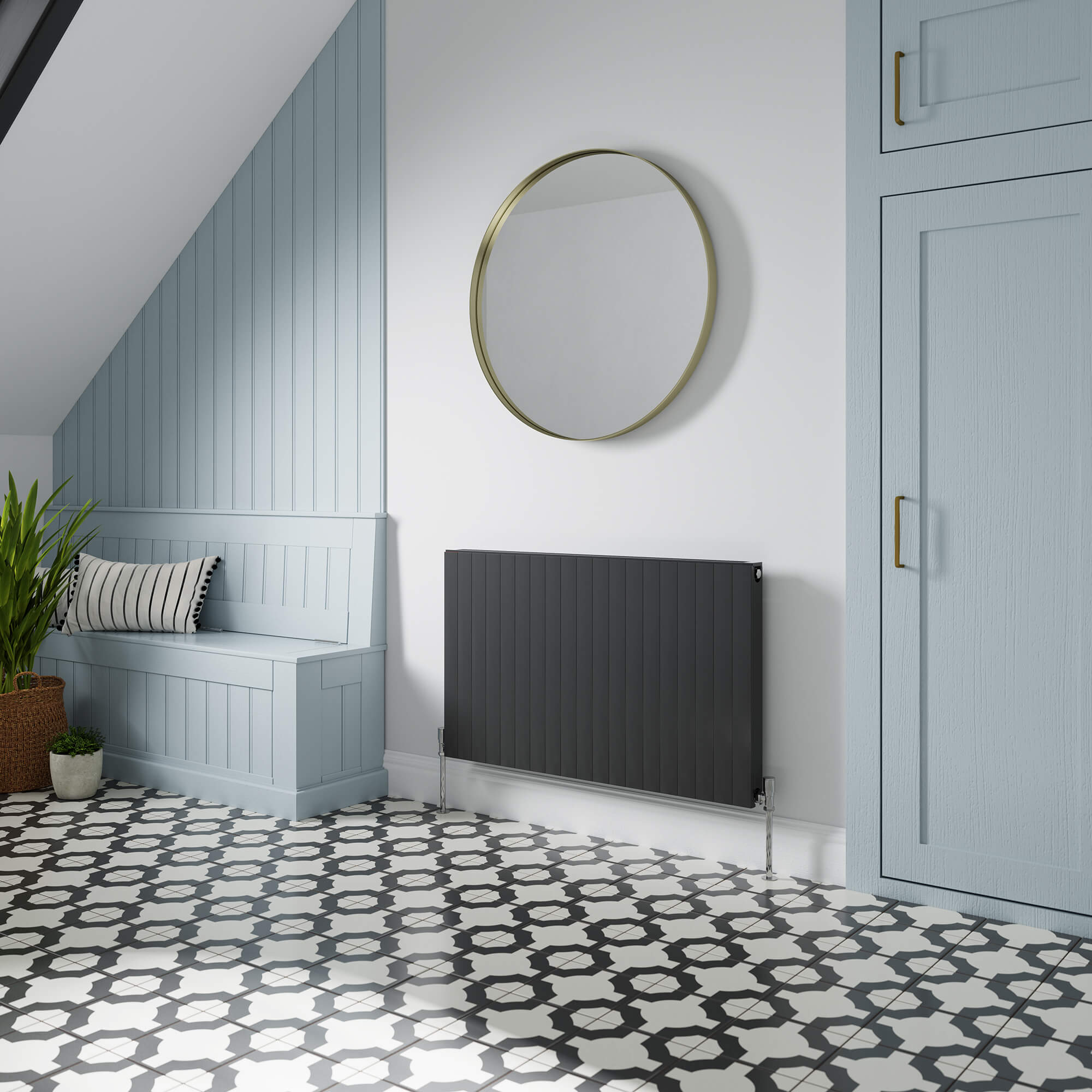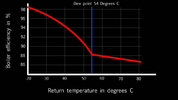- Joined
- 17 Feb 2019
- Messages
- 198
- Reaction score
- 12
- Country

Hi all,
As part of some renovations, having some older radiators replaced with newer ones. Want to take the opportunity to maybe add a couple rads but without asking too much of the boiler.
Wanted to ask, when working out the total BTU / wattage, should I be calculating at T60 or T50? My boiler is a Worcester Bosch Greenstar 40CDI Central heating only boiler, 41KW. It was installed in 2015 (though Worcester say the model ran from 2005 through to 2016).
- Spec 1
- Spec2
thanks,
Ged
As part of some renovations, having some older radiators replaced with newer ones. Want to take the opportunity to maybe add a couple rads but without asking too much of the boiler.
Wanted to ask, when working out the total BTU / wattage, should I be calculating at T60 or T50? My boiler is a Worcester Bosch Greenstar 40CDI Central heating only boiler, 41KW. It was installed in 2015 (though Worcester say the model ran from 2005 through to 2016).
- Spec 1
- Spec2
thanks,
Ged
Last edited:




